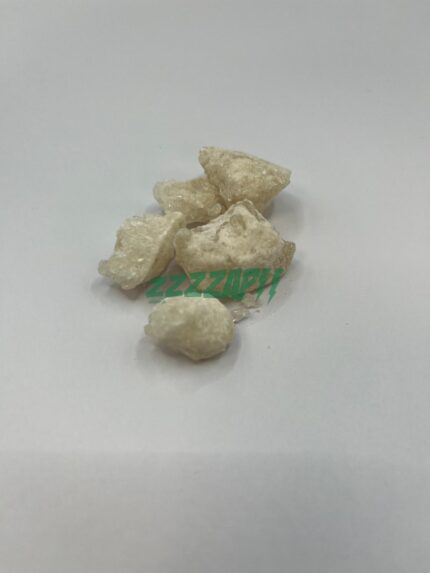A-PCYP:
A-PCYP is an intriguing research substance that belongs to the category of stimulants. In this comprehensive exploration, we will discuss A-PCYP, including its description, general characteristics, history, chemical structure, legal status, dosage, possible effects and precautions.
Description
A-PCYP, also known as 4′-Methyl-α-pyrrolidinohexiophenone, is a synthetic stimulant belonging to the cathinone class. This compound is often used in laboratories and research institutes for experimental purposes. A-PCYP can occur as a white powder or crystals and is known for its stimulating effects on the central nervous system.
General
A-PCYP belongs to the category of cathinones, which is a class of psychoactive compounds. Cathinones are often studied for their effects on the human body, especially on the central nervous system. They can produce stimulant and euphoric effects similar to other stimulants such as amphetamines. Research on cathinones is focused on understanding their pharmacological properties.
History
The history of A-PCYP is closely linked to the research on cathinones and related compounds. Cathinones are derived from the khat plant, which is used in some parts of the world for its stimulant effects. Scientists have sought to develop synthetic cathinones to better understand their effects and use them in laboratory studies.
Chemical Structure
The chemical structure of A-PCYP is complex and includes a pyrrolidine ring, which is a characteristic structure for many cathinones. The IUPAC name of A-PCYP is “1-(4-cyanobutyl)-N-(4-methylhexyl)pyrrolidin-2-amine.” Its molecular formula is C19H29N3, and its exact chemical structure determines how the compound interacts with receptors in the brain.
Legal Status
The legal status of A-PCYP can vary from country to country and even from region to region. It is critical to understand that A-PCYP is generally considered a research substance and is not approved for human consumption. Researchers and scientists using A-PCYP for experimental purposes should be aware of local laws and regulations regarding this compound.
Dosage
The dosage of A-PCYP may vary depending on the specific research objectives. It is essential that researchers follow proper dosing and safety procedures when handling A-PCYP or similar compounds. Dosages must be carefully measured and monitored to understand the effects and risks.
Possible Effects
The potential effects of A-PCYP are the subject of ongoing research. Cathinones are often studied for their stimulant properties, including increased alertness, energy and euphoria. The exact effects and mechanisms of action of A-PCYP vary and are not yet fully understood.
Precautions
Researchers and scientists working with A-PCYP should take appropriate precautions to ensure safety. This includes following local laws and regulations regarding the compound and following strict laboratory protocols. Proper handling and storage of A-PCYP is of utmost importance to avoid accidents and undesirable effects.

